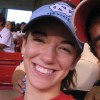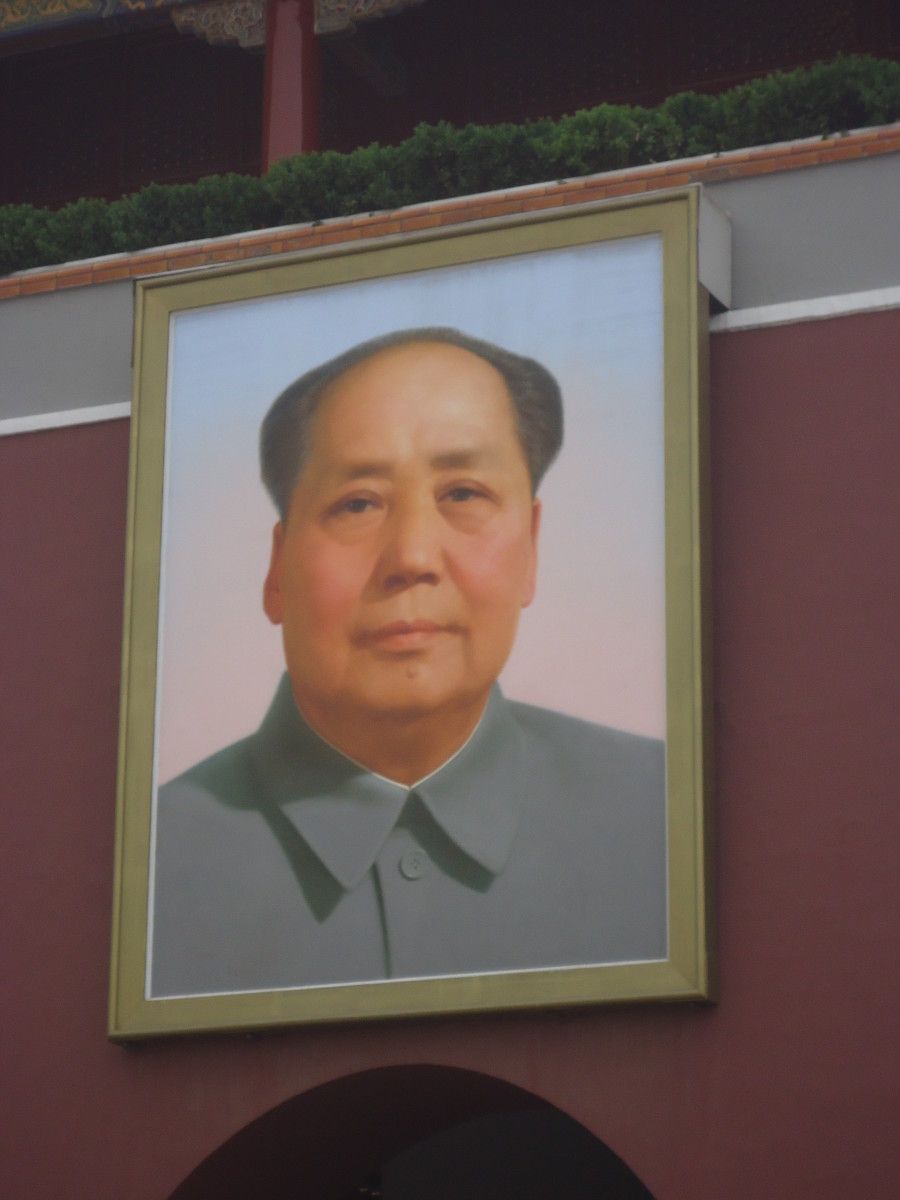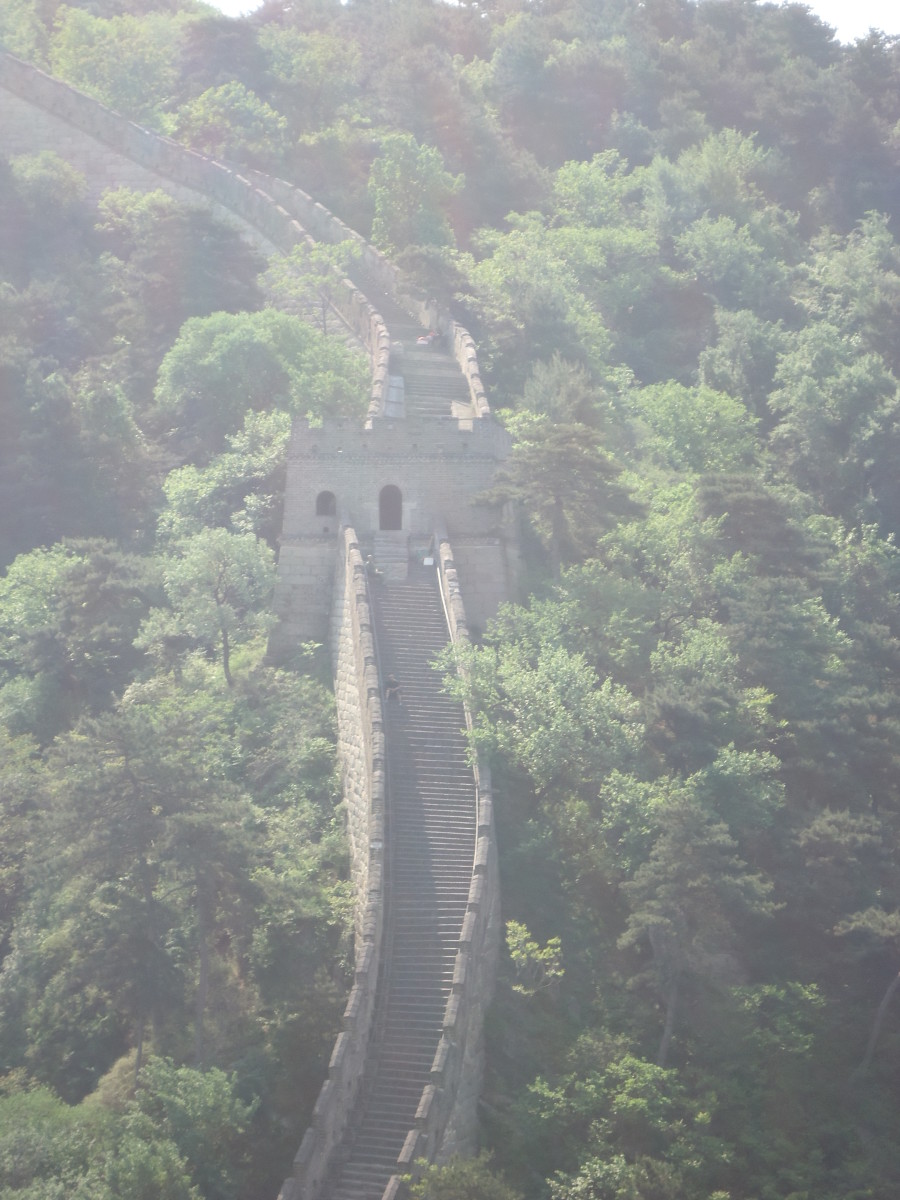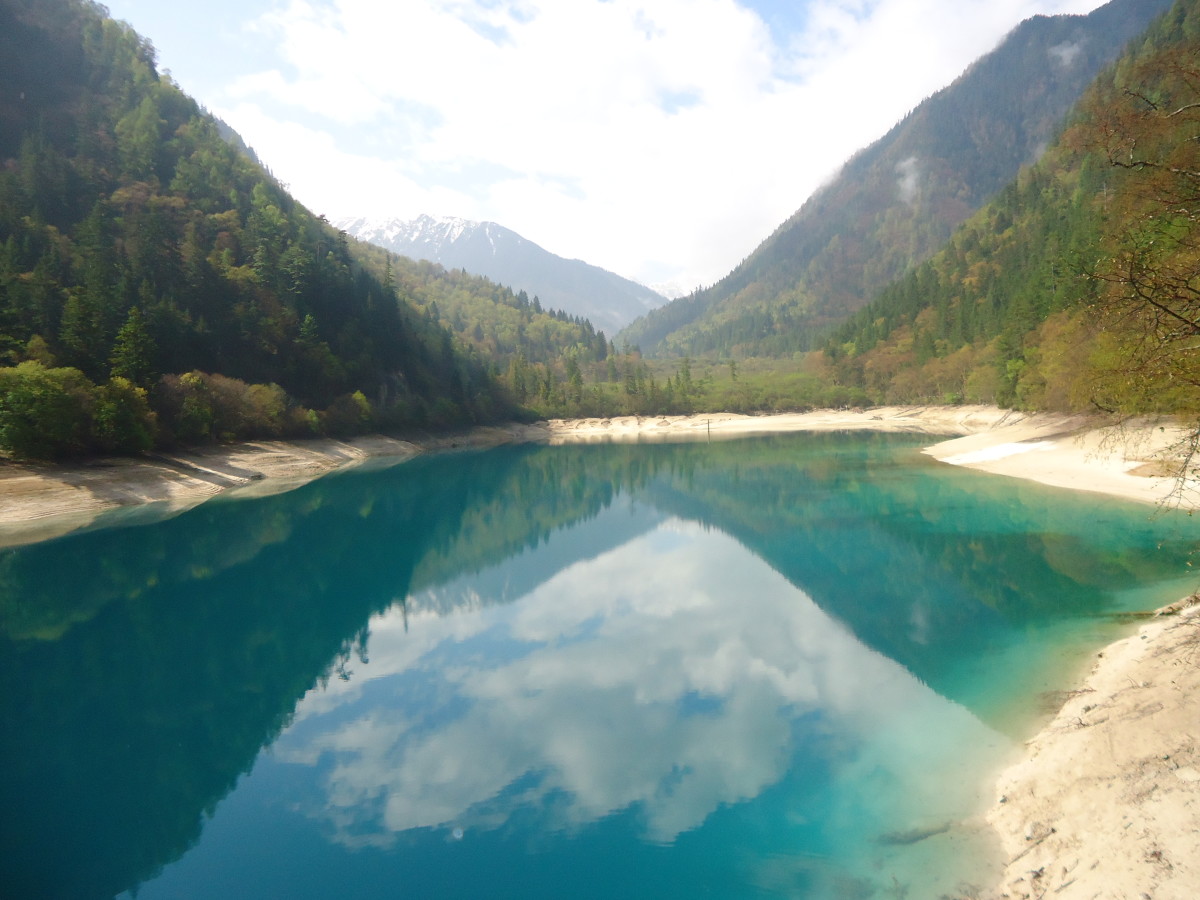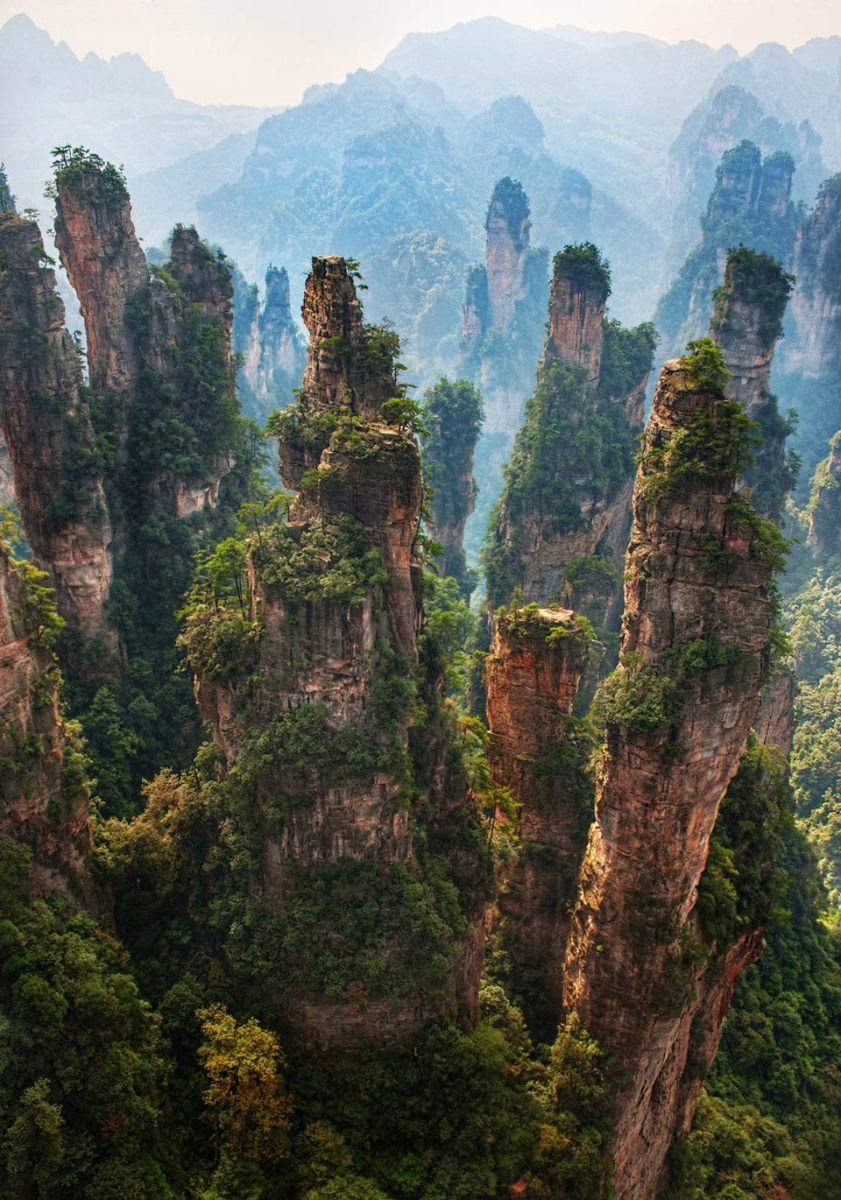- HubPages»
- Travel and Places»
- Visiting Asia»
- Eastern Asia
China: A Beautifully Ancient Experience
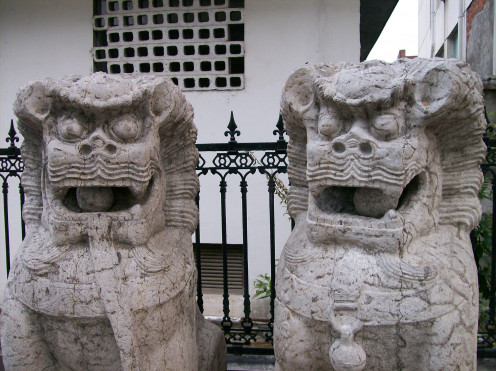
In 2008, my husband and I were invited to participate on a study abroad trip for two weeks to China. I had mixed feelings from the beginning. I did not like plane rides and I was scared to go somewhere so different from home. But looking back, I can honestly say it was the trip of a lifetime.
Our Journey's Highlights
The Itinerary
The places we visited were Shanghai, Suzhou, Nanjing, Zhanjiajie National Park, Xian and Beijing. We flew nine different times while we were there in order to be able to see all of these cities within a two week time frame. We rode tour buses to local attractions and stayed in five-star hotels. The following is a summary of each place we experienced.
Shanghai
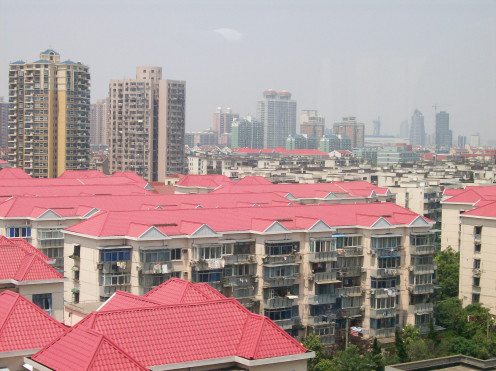
At a population of 14.3 million people, Shanghai was the largest city I had ever seen. It was our first stop on the trip, so we had jet lag and uneasy stomachs. The first thing our guide did was turn us lose in the marketplace and directed us to a bank where we could exchange currency. This was most frightening. The streets were so crowded with people and the roads full of traffic, it was sensory overload for us poor inept Americans. Aside from the vast amount of people, the next thing you noticed was the number of people riding bikes and scooters. In fact, they had their own pathway next to the main roads, as pictured below.
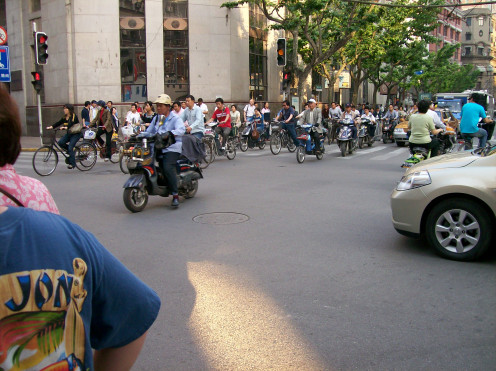
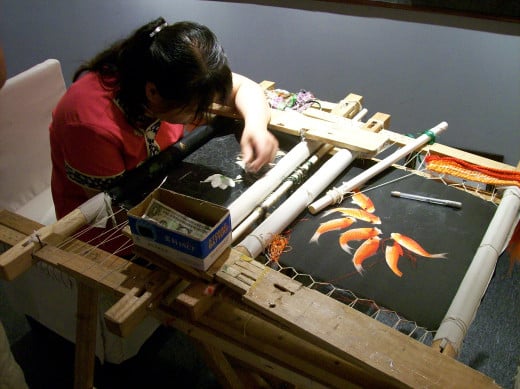
Another stand-out feature of Shanghai were the multitudes of apartment buildings with clotheslines hanging from them, pictured under the title. We learned that most people lived in small apartments without any air-conditioning. The well-off people had air conditioners for their apartments.
While in Shanghai, we visited the marketplace, the Shanghai Museum in the people's square, restaurants and the silk art shop pictured. The intricate designs the artists were composing were breathtaking. There were lots and lots of vendors making copy cats of the artwork we saw in the shop, selling them for much less. The vendors would approach you and then haggle for the prices, an unfamiliar experience for this Midwestern girl. My husband and I got led into the upstairs of a house by some college students who were looking to sell their artwork, all familiar images we had seen at the shop. Even with the language barrier, we were able to communicate "No, thank you."
We stayed in Shanghai for a couple of days, then hopped on a tour bus for our next destination.
Suzhou

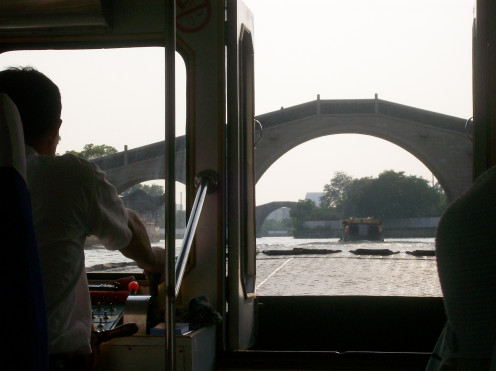
After suffering from an extreme bout of gastrointestinal discomfort on the tour bus, I was completely enamored with our next destination. China's richest city, Suzhou, is located directly west of Shanghai. It has a population of about four million people and is known as the "Venice of China." It is located near the Grand Canal and is known for its waterways and gardens. It has nine classical gardens that together have been named a UNESCO World Heritage Site, awarded by the United Nations for cultural significance. We visited the Lingering Garden, one of the nine, pictured above. I had never seen anything like it. There were 23,000 square meters of ponds with waterlillies, rock structures, small trees and greenery filling a large inner courtyard with walkways and bridges all around it. The home around the courtyard was made in typical Qing style and has been around for 400 years. Calligraphy was carved into various walls and pavilions, including this poem inscribed on a gazeebo, in Chinese, translated:
"A cool breeze,
the shiny moon,
priceless.
The nearby waters,
the mountains in the distance,
what sentiment."
After visiting the garden, we took a ride in a boat on the river then ate fish at a high-class restaurant. I would have liked to stay longer in this place, but we didn't have time. On to our next stop.
Nanjing
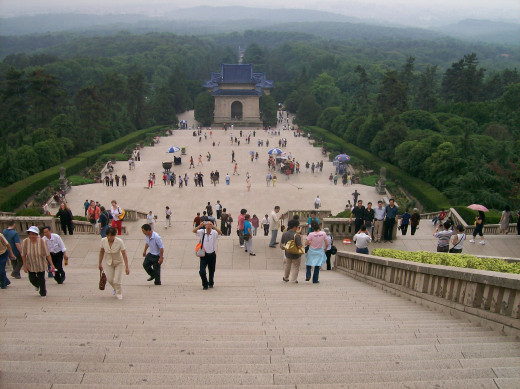
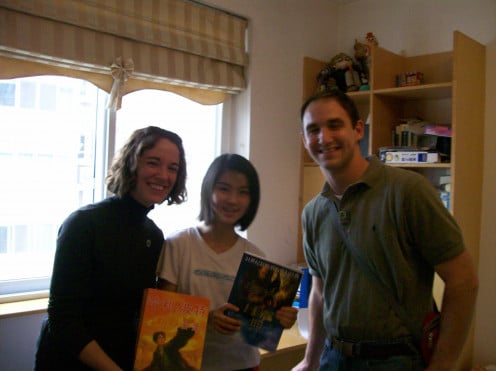
Our first stop in Nanjing was to Dr. Sun Yat-sen's Mausoleum. As you can see, we took quite a journey to get up to where his body was laid to rest. Dr. Sun Yat-sen was considered to be the "Father of Modern China" for fighting against the imperial Qing government and establishing the Republic of China. He lived from 1866-1925. After that we spent an evening with a Chinese family whose daughter attended Nanjing International School and was fluent in English. She was a very impressive junior high age girl - incredibly smart, polite and well-mannered for her age. Her and her family took us out to eat at a fancy restaurant, then we came back to their apartment for some tea. She had us call her Brenda, though that was not her real name. She played a brilliant piano piece for us and then the family gave us gifts - expensive tea and a white scarf that is given to visitors of Taiwan. It was a very special experience that I will never forget. Nanjing's population was about 3.6 million people and at one time was considered to be the country's capital. Our next stop was my favorite place.
Zhangjiajie National Park
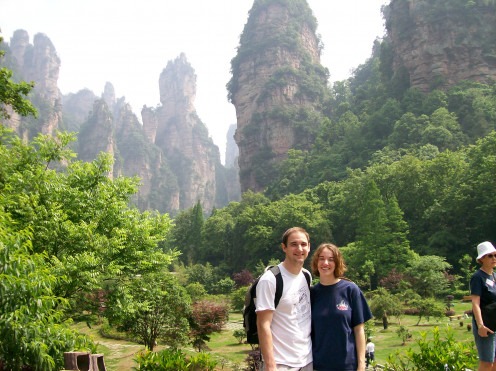
To begin with, our guide put us up at a five-star hotel within walking distance of the park, and it was one of the largest, most interesting hotels I had and have ever seen. The walk from the front desk to our room took about five minutes and included a little jaunt through an outside courtyard. Immediately outside our hotel were local vendors selling fish, chicken, clothing, jewelry, almost anything you could think of all along the walk to the park.
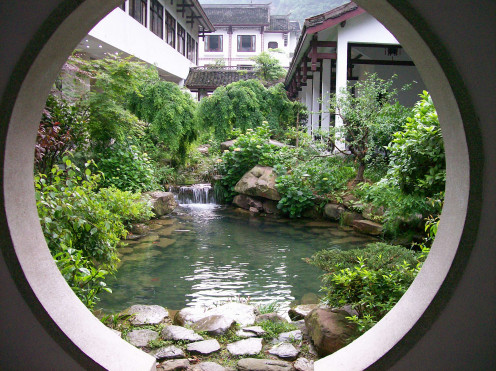
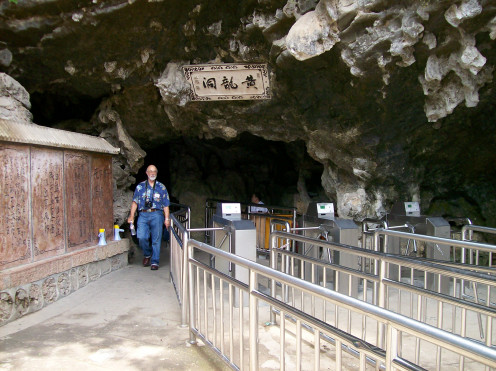
The park itself is a 50 square mile wonderland filled with towers of quartz and sandstone peaks. At the entrance, wild monkeys greeted us with curious looks and funny noises. At present, the park has 468 sightseeing spots at breathtaking heights and views of all kinds of flora and fauna. Of particular note, much of the hiking trails in the park are at extremely tall altitudes with little to no guardrails. For someone with a fear of heights, like my husband, this can be overwhelming. At one point we saw a free climber (rock climber with no ropes) scaling one of the tall points. It was shockingly dangerous. At any moment, we thought we would see him plummet to his death! In addition to visiting the park, we visited the Yellow Dragon Cave, that was big enough we had to ride boats to get to certain sections of it. On to Xian and the Terracotta Warriors.
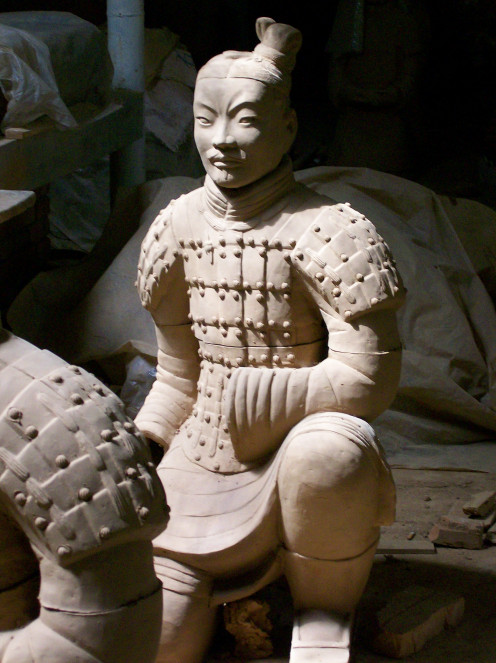
Xian
We had one stop to make in Xian and it was the Museum of Qin Terra Cotta Warriors and Horses. It is believed that the Emperor Qin Shi Huang wanted his army to buried with him, thus the over 7,000 horses, warriors, chariots and weapons that have been dug up by archaeologists. The first pieces were discovered after some peasants found some pottery near the tomb of the emperor. Archaeologists flooded the area and began the labor of digging up the rest. The army is divided into three pits and most of the pieces have now been restored to their original form. This has also been named a UNESCO World Heritage site. It is a must see if you ever get to visit China, just for its sheer multitude and history. The photo here is of a remake of a Terra Cotta warrior in a shop near the museum that sells copies of the pottery for any rich tourists looking to buy. We did not buy anything.
Beijing
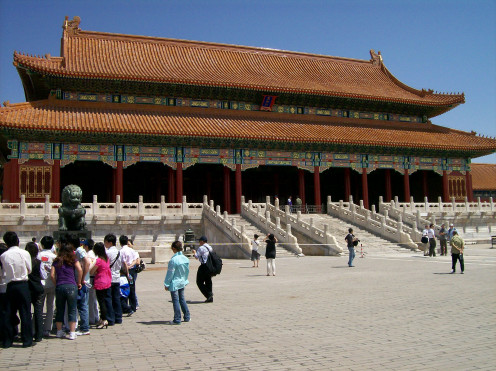
Beijing was our final destination and I have to admit, by this point I was homesick. Mainly for American food and my own bed. But Beijing did not disappoint. With tourist attractions like the Forbidden City and the Great Wall, who could complain? The Forbidden City, pictured above, was the imperial palace from 1440 to 1912. It consists of 980 buildings over 180 acres, and is quite a walk. It is surrounded by a 171 foot moat and a 26 foot high wall. The architecture of the city is unmatched by anything I'd seen yet, with gold used in many of its structures and ridges and points just about everywhere you look. With names like the Palace of Heavenly Purity, the Hall of Mental Cultivation and the Palace of Earthly Tranquility, the buildings had to live up to their names! This is also a UNESCO World Heritage site, obviously and is one of the largest, most impressive places I saw during the whole trip. After the city, we headed for the one place I had actually heard of before coming to China: the Great Wall. And it was great, as in large, lots of multi-leveled steps and extending beyond what the eye can see. Below is a video of the view from one of the soldier stations on the wall.
The Great Wall is more than 2,300 years old. It stretches 13,170 miles from Liaoning to Gansu. Roughly 1/3 of the wall has disappeared without a trace. The steps on the Great Wall are uneven so that invading armies cannot run up them. They would have to look down at their feet for sure footing. Of course, this is also makes it difficult for tourists to get up and down them too. The vendors there actually give out T-shirts that say "I climbed the Great Wall" since it is such an accomplishment to reach one of the soldier stations. It is worth making the trip for, for the view and archaeological importance.
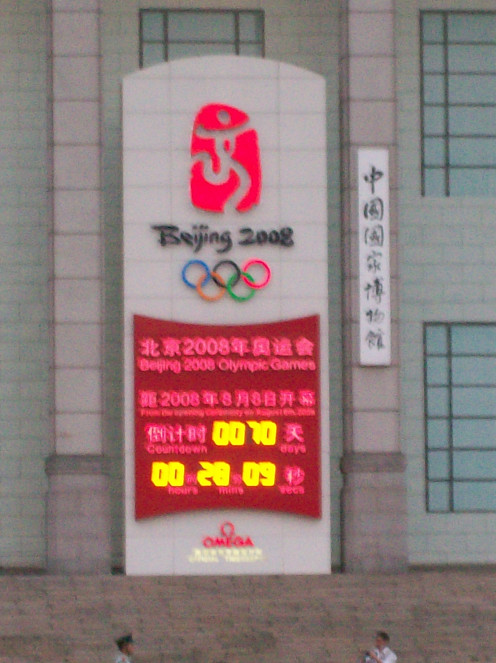
Headed Home
One of the last things we saw in Beijing was the construction of the Olympic stadiums. We happened to be there just before the Olympics were to take place that summer, in 2008. This was a countdown timer set up near the stadiums. We then headed to the airport and set out on our 14-hour flight home.
Like I said before, I really did not want to go to China. But I'm glad I did. It was such an amazing trip because it is so different from the United States. One of the most important differences I saw was that there was a lot less crime. People would be out on the streets all night with no trouble. There were lots of public parks and people would do yoga, play ping pong and other games there. The children we interacted with seemed to be very respectful of their parents. I think that has pretty much gone by the wayside here in the States. And the people work hard to preserve their trees and plants. Most of their cities and towns have trees and greenery worked into the architecture.
Though I love where I live, there are some things we could learn from the Chinese culture.
